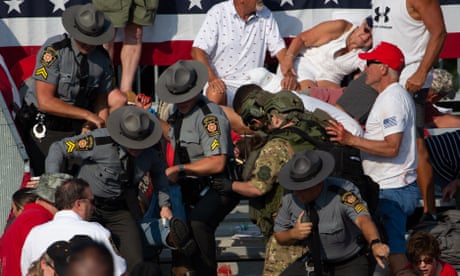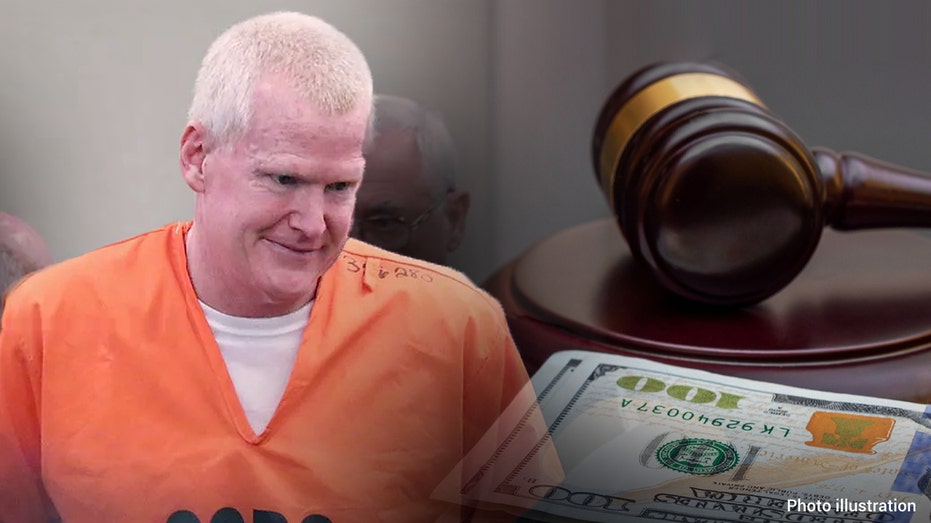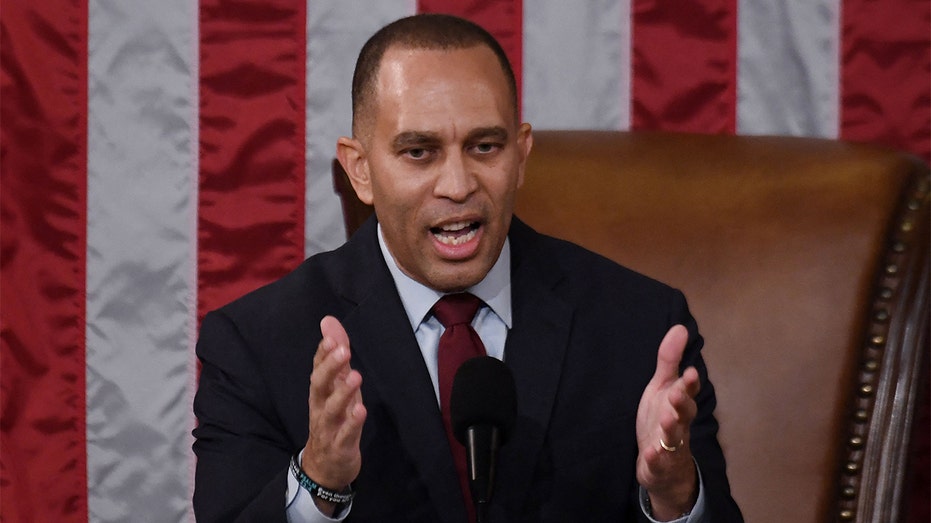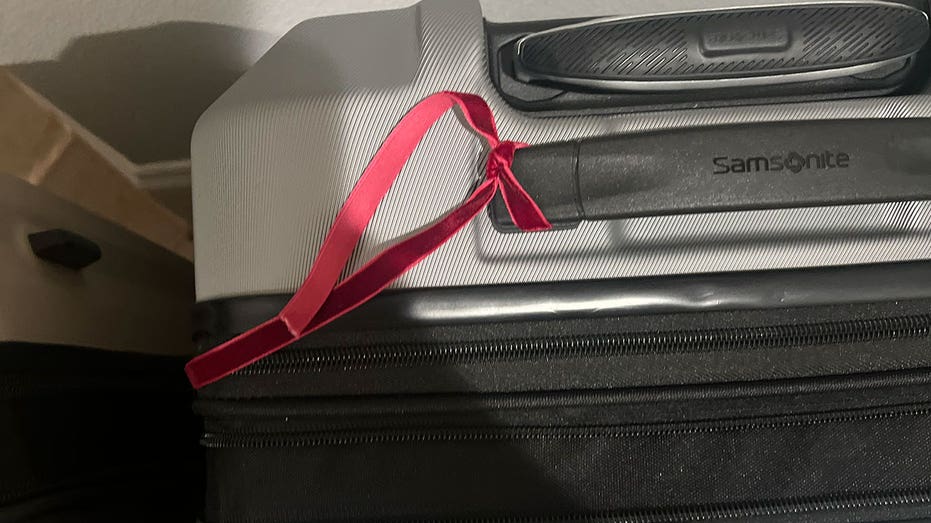- by foxnews
- 15 Jan 2025
‘I told them’: police body-cam reveals warning days before Trump shooting
‘I told them’: police body-cam reveals warning days before Trump shooting
- by theguardian
- 10 Aug 2024
- in news

In the chaotic aftermath of the attempted assassination of Donald Trump at a Pennsylvania rally last month, a local police officer told a fellow officer he had warned the Secret Service days earlier that the building where the 20-year-old gunman opened fire needed to be secured.
"I [bleep] told them they needed to post guys [bleep] over here," the officer said in police body-camera footage released by the Butler township police department, with expletives bleeped out. "I told them that [bleeped expletive] Tuesday."
When another officer asked who he told that to, he responded: "The Secret Service."
Police body-camera videos, released in response to a public records request, show frustration among local law enforcement officers at how Thomas Matthew Crooks - whom police had flagged as suspicious before the shooting - managed to slip away from their view, scale a roof and open fire with an AR-style rifle at the former US president and Republican presidential nominee. CNN had submitted a public records request and published the footage.
They also show police expressing confusion and anger about why no law enforcement had been stationed on the roof.
"I wasn't even concerned about it because I thought someone was on the roof," one officer says. He asked how "the hell" they could have lost sight of Crooks after spotting him acting suspiciously if law enforcement had been on top of the building. The other officer responded: "They were inside."
Trump was struck in the ear but avoided serious injury. One spectator was killed and two others were injured.
Several investigations are under way into the security failures that led to the shooting. The acting Secret Service director, Ronald Rowe Jr, who took over after the resignation of former chief Kimberly Cheatle, has said he "cannot defend why that roof was not better secured".
The Secret Service controls the area after people pass through metal detectors, while local law enforcement is supposed to handle outside the perimeter. Rowe told lawmakers last month that the Secret Service had "assumed that the state and locals had it" covered.
A Secret Service spokesperson said on Friday the agency was reviewing the body-camera footage.
"The US Secret Service appreciates our local law enforcement partners, who acted courageously as they worked to locate the shooter that day," a spokesperson, Anthony Guglielmi, said in an email, adding: "The attempted assassination of former president Donald Trump was a US Secret Service failure, and we are reviewing and updating our protective policies and procedures in order to ensure a tragedy like this never occurs again."
In one clip, law enforcement officers can be heard calling to each other after shots were fired, shouting about the shooter: "Who has got eyes on him?" At that point, government snipers had killed Crooks and his body was on the rooftop.
Associated Press contributed reporting
- by foxnews
- descember 09, 2016
Flight passenger shows luggage resembling prop from airport thriller 'Carry-On,' sparking reactions
A social media user posted a photo of a suitcase tied with a ribbon that appeared to remind people of the new action movie "Carry-On," sparking references in the comment section.
read more


